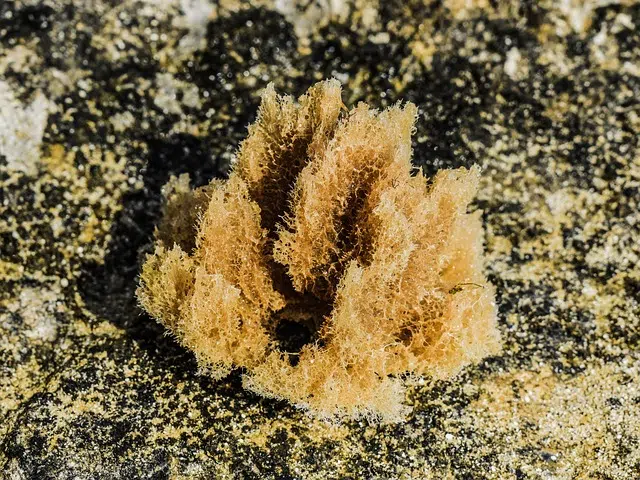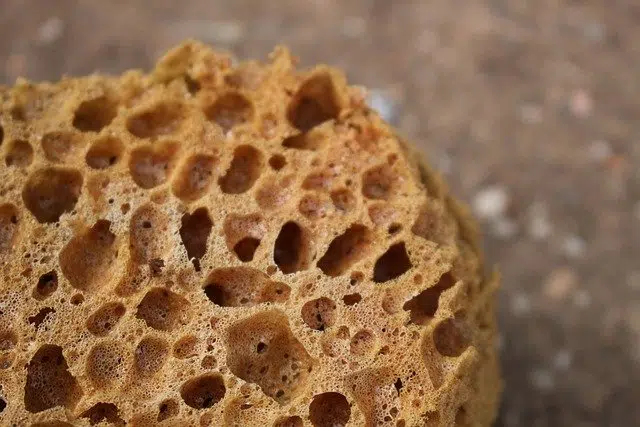
Porifers are invertebrates that live in the aquatic environment.
Poriferans , also called spongiaria or sponges , are aquatic animals and invertebrates , which are part of the subkingdom of parazoans. This means that poriferous species do not have organs, nerves or muscles, although they do have an internal skeleton made up of spicules.
Of the nine thousand species of porifera that have been recorded throughout the planet , more than 98% live in the oceans. Until the mid- 18th century, it was considered that porifera were plants, until it was detected that they had a system to filter water and that they carried out their digestive process intracellularly.
Porifera cells
The cells of these animals are totipotent , which implies that they can acquire different shapes according to the different needs of the organism. Water enters the porifera through the pores in its walls, the animal filters the food through cells known as choanocytes and finally expels the water through the osculum found in its upper region.
It is important to note that poriferans do not have a nervous system or digestive system. Their mobility, on the other hand, is reduced, since they can only move up to four millimeters per day.

At first it was thought that poriferans were plants.
Links with other animals and with man
Due to their toxicity, porifera do not usually serve as food for animal species. As they also have good resistance to pollution , sponges even manage to dominate certain ocean habitats.
Since ancient times, man has used the body of these porifers for personal hygiene ( bath sponges , although products of vegetable or synthetic origin are also used). Poriferous plants are also used to fertilize crops.
Anatomy of poriferans
With respect to the anatomy of the porifera, it is possible to distinguish the following parts:
* choanoderm : it is formed by the set of flagellated cells that make up the tapestry of the interior of a sponge and are called choanocytes and are practically the same as the choanoflagellate protozoa, very important for feeding and producing water flow. Within a choanoderm, its main cavity is called the atrium or spongocoel . Its thickness can be the same as a cell, fold back or generate subdivisions to give rise to clusters of separate chambers of choanocytes, depending on whether their organization is asconoid , syconoid or leuconoid , respectively;
* pinacoderm : the outer cells of sponges are pseudoepithelial, wide and long in appearance and are called pinacocytes. Since they do not have a basal lamina , they do not form a layer known as an epithelium. Similar to the epidermis of a eumetazoan, the group of pinacocytes forms a pinacoderm (also called ectosome ), which is crossed by a large number of dermal pores , each lined by a porocyte (a coiled cell). Through these pores water penetrates and enters the body. In some cases, a layer of collagen called cuticle is identified that can replace the pinacoderm, in addition to covering it;
* mesohilo : between the two layers just described there is an area that is loosely organized and is called mesohilo . In it it is possible to find skeletal spicules, support fibers and a large number of amoeboid cells that play a fundamental role in skeletal secretion , the transport of waste and nutrients, digestion and the production of gametes. Its elements are immersed in a colloidal mesoglea;
* skeleton : in the mesohyl there are many elastic collagen fibers and calcareous or siliceous spicules, depending on the type, which represent the mineral portion of the skeleton, which provides its rigidity and varies according to the mineral and protein proportions , making it harder or more flexible , respectively. The collagen fibers can be spongin or thin and dispersed and are intertwined with each other and with the spicules.
